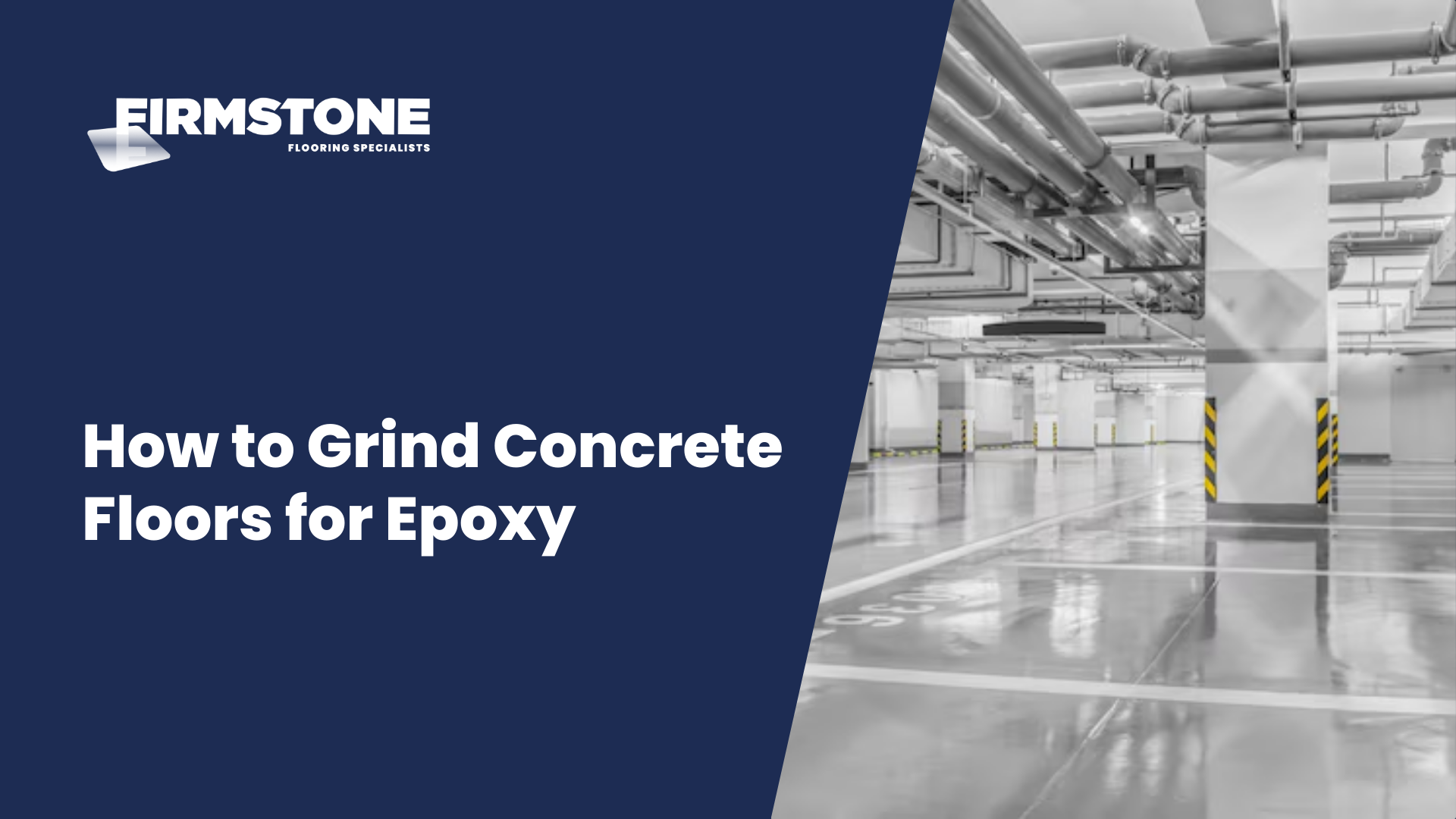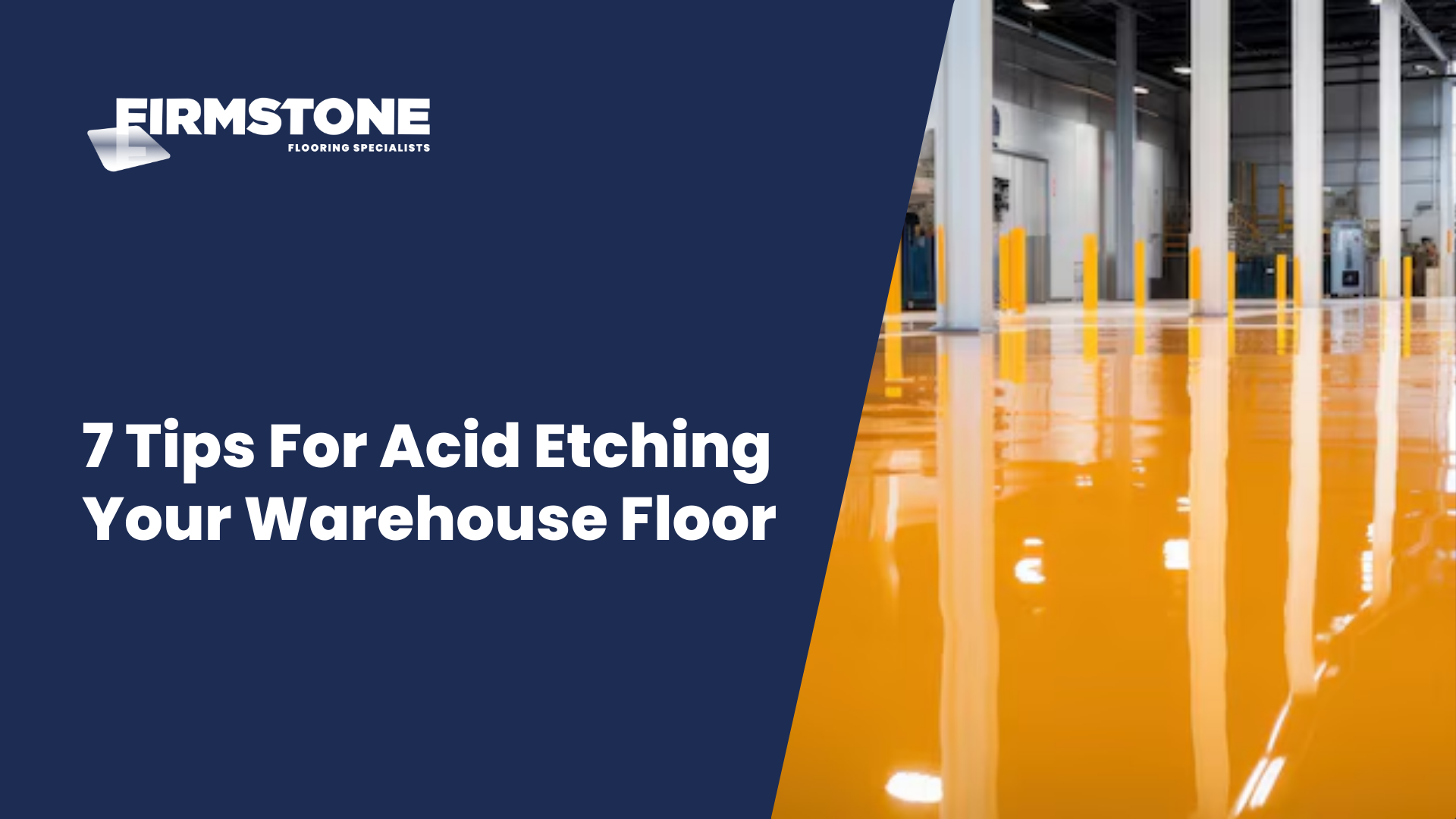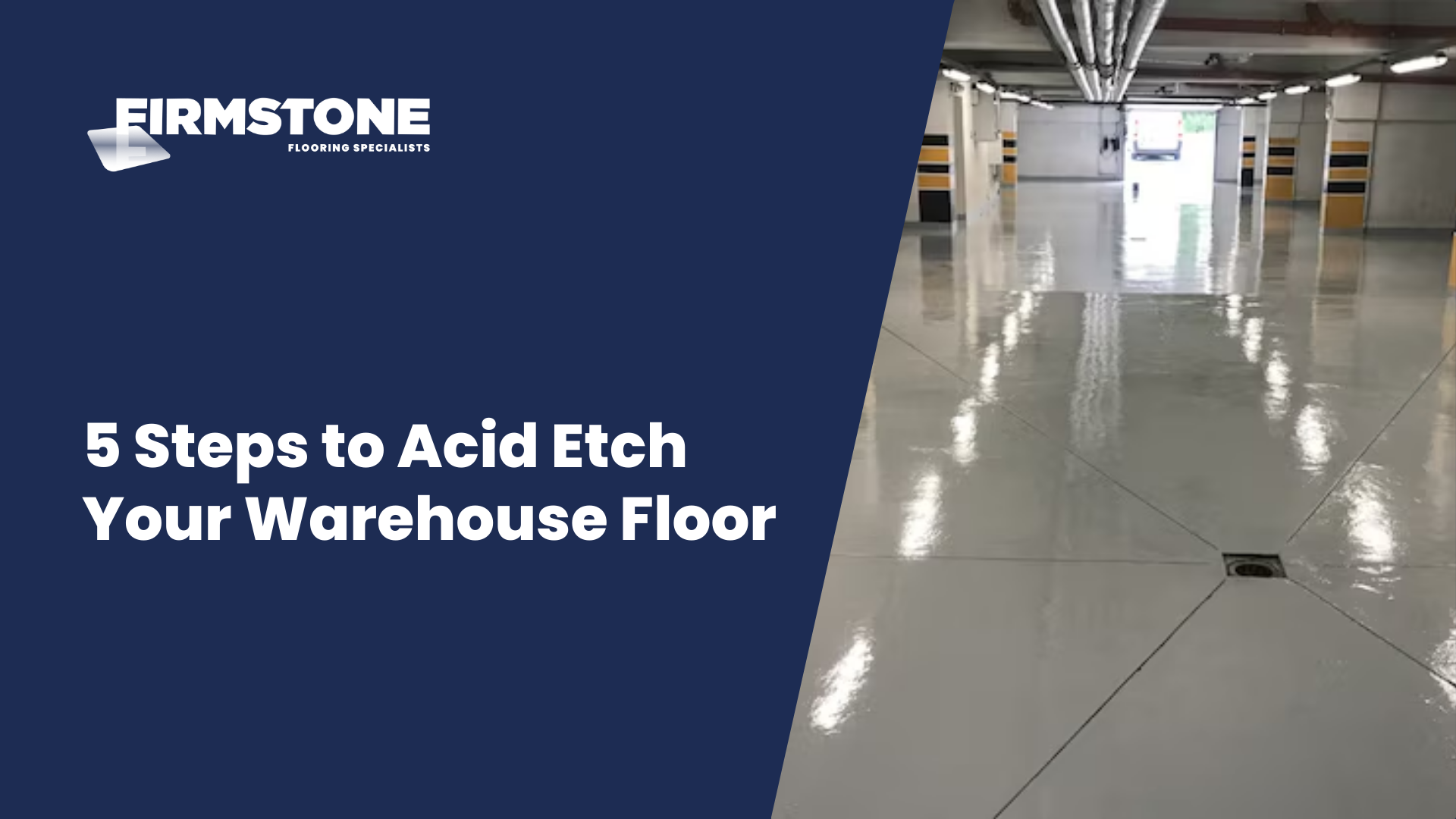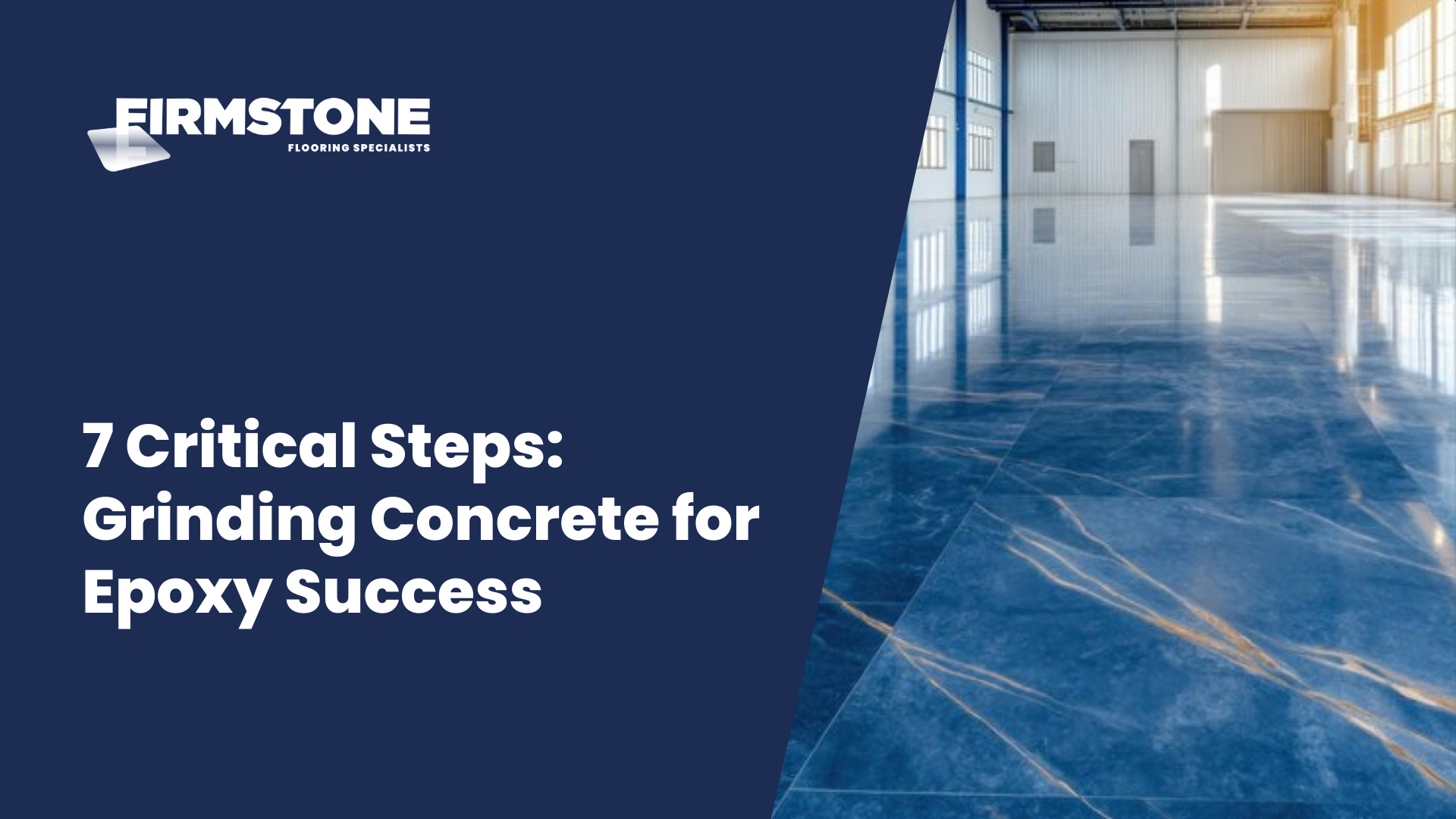
Effective concrete floor grinding for epoxy application necessitates precision, expertise, and rigorous surface preparation. This involves proper equipment like diamond or carbide grinders, safety gear, and a systematic grinding routine to achieve a desired rough surface texture. A thorough surface assessment, correct clean-up procedures, and a comprehensive test to assess surface readiness for epoxy are also essential to prevent mistakes that can affect durability and appearance.

Successful acid etching of warehouse floors focuses on safety protocols and professional application. These include wearing safety gear, ensuring surface cleanliness, proper acid solution mix, systematic application, maintaining pH balance, thorough rinsing and drying, and keeping in mind environmental considerations.

Acid etching a warehouse floor transforms smooth concrete into a surface ideal for sealing or coating. The task involves safety precautions, surface evaluation, floor cleaning, acid solution mixing, application, reaction process and final neutralization. Achieving the ideal surface level requires a systematic approach to guarantee efficiency and safety.

Precise grinding, cleaning, and preparation of concrete surfaces are critical for successful epoxy applications. These steps help detect and address potential issues such as moisture, imperfections, and contaminants, ensuring optimal bonding and long-lasting results.